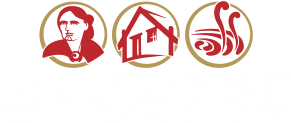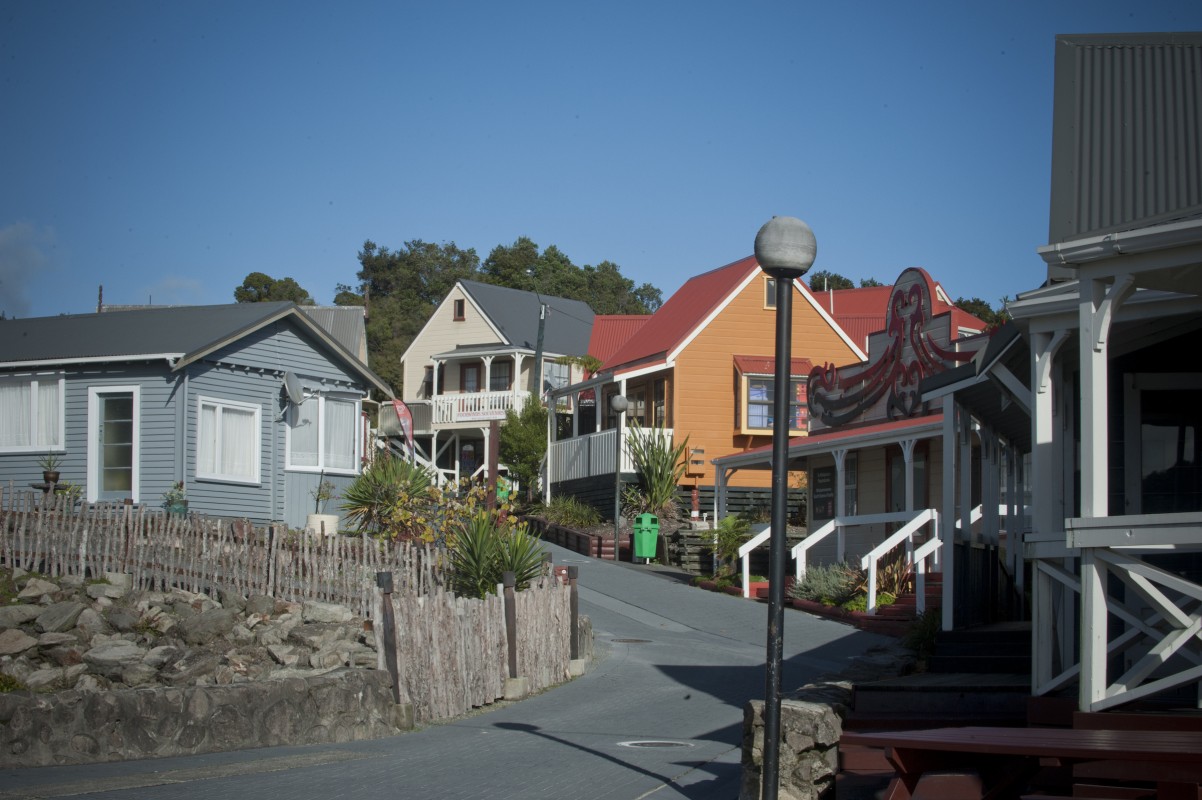One of the most commonly asked questions here at Whakarewarewa is, “Do people really live here?”
The answer is yes, they absolutely do, and their ancestors have been living here for hundreds of years. The village is a fascinating mix of traditional living mixed with the modern world. You won’t find thatched roof huts, or people wearing woven cloaks here – instead, you’ll discover small weatherboard houses and even a kindergarten (kohanga reo). But that’s part of what makes the Whakarewarewa Guided Tour such an enjoyable experience – it’s completely authentic and real, and one of the best representations of Māori living in the 21st century in a way that respects and preserves the culture, language and traditional ways of life.
Who lives at Whakarewarewa and where do they come from
There are 20 families living in the village, about 65 people in total, and some are fourth or even fifth generation Māori. The majority of these residents are from the tribes of Tūhourangi and Ngāti Wāhiao. Whakarewarewa Valley has been home to Māori for hundreds of years, and residents of Whakarewarewa Village have had a lot to do with tourism and guiding ever since. Rotorua’s Pink and White terraces (destroyed by Tarawera eruption) combined with geothermal wonders and rich cultural heritage have attracted visitors to Rotorua since the 1800’s. Here at Whakarewarewarewa this has created fantastic cultural, social and economic opportunities for the Tūhourangi Ngāti Wāhiao people; giving Whakarewarewa residents a way to preserve the essence of who we are as a people.
Day-to-day living
Modern ways of life intersect with Māori traditions and heritage here at Whakarewarewa. We have a Kohanga Reo within the village – a Māori kindergarten where Te Reo is the only language spoken – continuing our language and culture for the next generation. On a guided tour, you can often hear the children singing or talking in Te Reo as they go about their day, and in the summer they sometimes join their aunties and uncles on stage in our cultural performances. Our village opens to visitors at 8.30am, and there’s a reason for that – many of our residents like to bathe in the natural hot springs when they wake up in the morning, as their ancestors did. Our Marae (meeting house) is active and used regularly for celebrations, meetings and even tangi (funerals), and we have two historic churches on site. There are also sacred burial grounds, near the Marae. We do not close to visitors when there is a tangi; giving guests the chance to gain an insight into Māori procedures and protocols around death and grieving.
Helping our culture to thrive in the 21st century
Preserving our language, traditions and arts is key to what we do here at Whakarewarewa. We have a resident traditional ta moko tattoo artist working from the village, and guests can learn weaving and crafts on our overnight experience. Our resident pounamu (greenstone) carver helps to run a small souvenir shop, which sells carvings but also arts and crafts that our people have helped to make. Performing arts is very important to what we do, and our daily cultural shows ensure that not only guests get to see this side of our culture, but also that we keep these skills alive. It is the visitors to Whakarewarewa that enable our cultural performers to travel overseas to competitions and festivals.
Using geothermal energy for daily tasks has been something our ancestors have done for hundreds of years. Steaming and boiling food lowered into the natural hot pools is a quick and easy alternative to cooking over a fire or within a hangi pit. We offer guests sweet corn that’s been cooked in the hot pools as part of a guided tour, which is an interesting way for visitors to experience something that may be unique for them, but is just another way of life for us.
From the 1800’s to today
You may picture a living Māori village to be home to open-air fires, with people in traditional dress living in thatched roof huts. This was how we lived 200 years ago, but since then our culture has adapted to living in the 21st century. Whakarewarewa represents the intersection of culture, tradition and modern living – and it is this authenticity and sense of true ‘realness’ that makes the village such a fascinating and unique place to visit.



